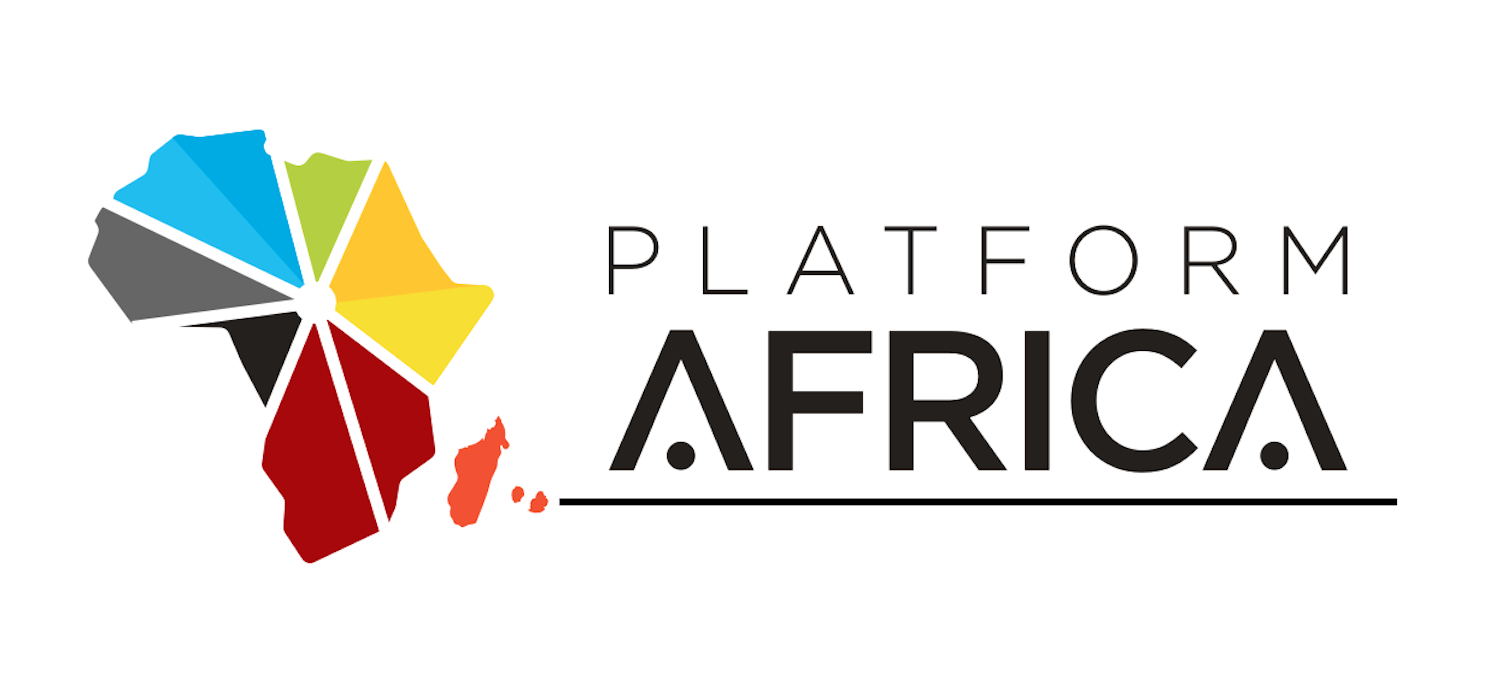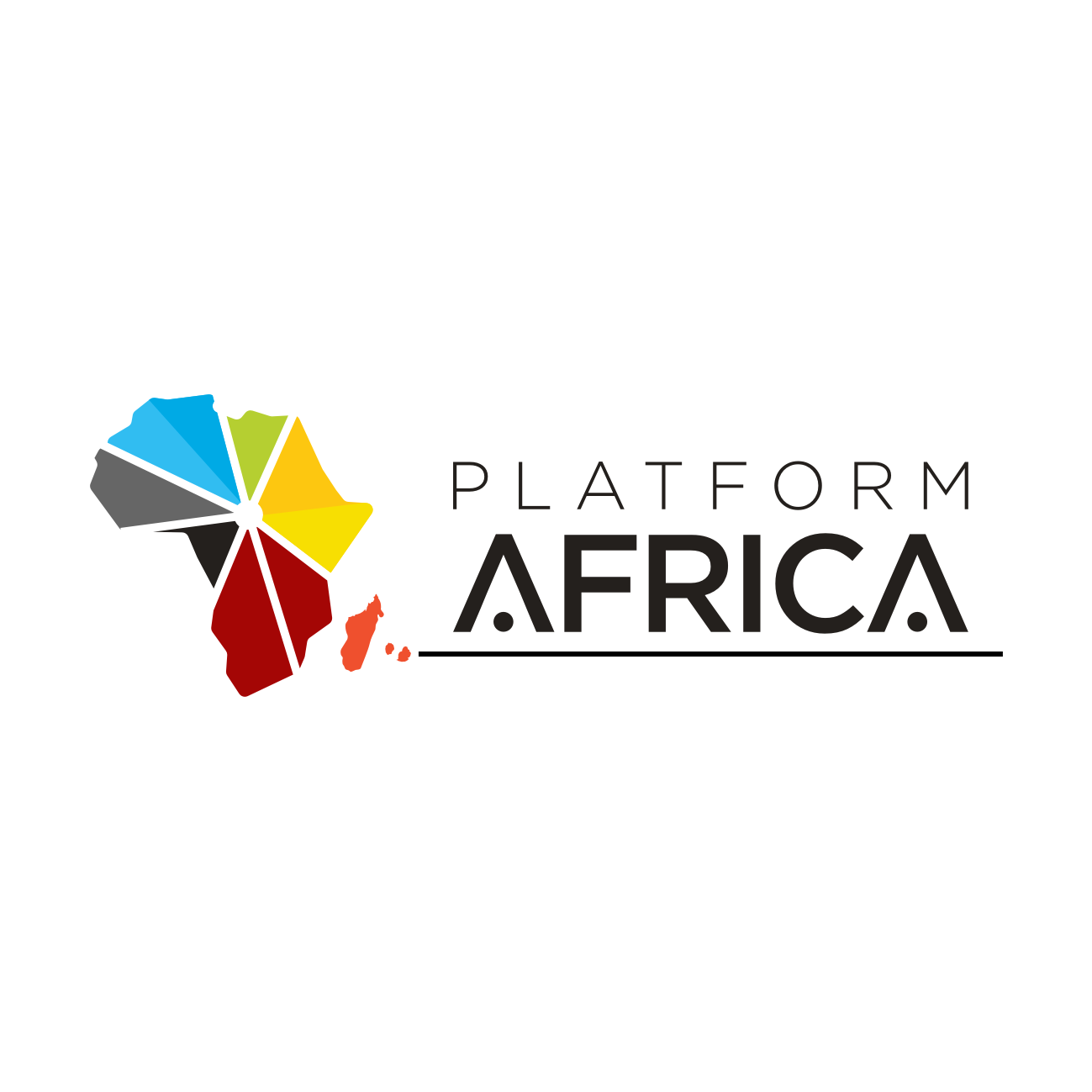Expanding its global reach, Lima Capital opens a Singapore office to focus on private equity and venture capital opportunities. The company is evaluating how its diverse platforms in Mauritius and the Cayman Islands can contribute to this new venture, exploring various possibilities such as AI integration
With the Mauritian-headquartered Lima Capital LLC recently opening an office in Singapore, Brendan Gallagher, co-founder and CEO, explains what this means for the AI-driven fund manager. A CEO with a core operations background, Brendan delves deep into how Lima Capital came about as a response to the increasing automation of the fund management space, and how this journey has come full circle with the headquarters of the AI-centric Lima Capital soon set to move to the pioneering fund jurisdiction of Singapore. While the journey has not been without its fair share of challenges, Brendan sets out key milestones that allowed Lima Capital to thrive in an increasingly competitive landscape where digital assets, crypto and decentralised finance are fast becoming buzzwords.
Edited excerpts from an exclusive interview:
- You noted that you recently relocated to Singapore with Lima Capital. Singapore seems like the natural home for a company that has always been a leader in the AI space, be it launching a purely tech-driven asset management company or the first DeFi fund. Could you tell us what prompted your interest in AI?
I started my career in London, where I worked across Fidelity Investments and Bank of New York Mellon. My last stint in London was with Insight Investment where I worked in institutional wholesale for the Nordics. In Mauritius, I started work in a consulting capacity for structuring pension and insurance products; geared towards Sub-Saharan African businesses, seeking investment efficiencies based on capital convertibility. In 2014, I was working for a large listed insurance company in South Africa (specifically the offshore investment team); where we launched the first purely AI-driven fund that was institutional grade – and ran it as a UCITS (Undertaking for collective investment in transferable securities) fund in Ireland with an existing quantitative risk manager. However, we wanted to explore AI in a deeper way, so, along with a like-minded colleague, we set out on an 18 month due diligence mission, finally securing a London-based AI tech business working on algorithms for financial markets. We saw the potential in it clearly, so, and over a short period of time, allocated some of the discretionary assets to the new technology provider. However, our relationship with them was tenuous as they could always be acquired by a large tech player like IBM or Apple and part ways with as little as three months’ notice.
In 2017, I left the corporate world, and along with my colleague, we set up Lima Capital LLC as a tech-driven asset management company in Mauritius. Setting up Lima Capital was about using technology to make investments easier and more affordable. We secured a CIS Manager and Investment Advisor (Unrestricted) licence in Mauritius. However, before we even sought a licence, we engaged with a company called DataProphet – a data science company that works with the likes of BMW and Daimler Chrysler to use AI to reduce production head errors on trucks and lorries, and were the market leaders in data science at the time. We collaborated with them over 18 months to build an AI engine customised to financial markets, using their pure data science experience and our financial markets experience. The product we build is our own IP, and fully owned by Lima Capital. Our focus instruments are exchange-traded funds, and we make extensive use of technology for passive and cost effective allocations. That’s where we have gone with AI, and this is only a part of our story.
2. Lima Capital has so far established presence in Bermuda, Cayman Islands, and Mauritius. What would you say is your key jurisdiction of focus, if there is one you could pick?
By 2019, I had been back and forth to Mauritius for two years – as the gateway to Africa. We worked closely with the Economic Development Board (EDB), as FinTech was the buzzword in 2017. We tried to launch the first ETF in Mauritius in 2018, which we visualised as a collective investment scheme (CIS) – an expert fund, for which we would create a market maker in Mauritius and buy spot bitcoin through a traditional custodian. We engaged with one of the big four as audit and listing partner, since we realised the importance of having a traditional counterparty for an otherwise disruptive venture. We approached the EDB first as we thought we would be licenced as part of their sandbox regime, but when we went to the FSC, they suggested we list it as a Collective Investment Scheme instead. Our primary challenge was the absence of specific legislation on digital assets from the Bank of Mauritius. This meant we needed a physical paying agent and custody account in Mauritius that, in turn, could not handle digital assets or receive such revenue directly or indirectly in the absence of regulation on digital assets, so, in effect, we could not establish a fund here.
At the same time, jurisdictions such as Cayman, Switzerland and Hong Kong were making waves in the digital asset space. Finally, we set up an AI fund in the Cayman Islands, managed under Lima Capital. In the Cayman Islands, we set up a Segregated Portfolio Company (SPC), which works like a Protected Cell Company (PCC) in Mauritius. We set up the first digital fund in the Cayman Islands that used traditional auditors and custodian accounts with Swissquote, a FINMA regulated bank. Once we built out the digital asset administration capabilities, we set them up as fully liquid daily-priced funds. As a standard process, we have appointed sub-advisors to the portfolio, and they are the research and investment advisors for the sub-funds; who are able to access and leverage our corporate governance mechanisms, our other advisors, and our investment committees.
Despite moving to Cayman for the AI fund set-up, the focus on Mauritius continued throughout. We were consulting a prominent listed insurance company in South Africa and re-directed their Jersey-based funds to Mauritius. We set up the fund as a CIS, with BlackRock UK as the model manager and Lima Capital LLC as the asset manager. Over the years, the AuM has grown from $76 million to $178 million, with three portfolios in Mauritius. The listed insurance company is our flagship client, and this relationship has allowed us to have clear revenue streams. This robust revenue provides a solid foundation as we pursue our objectives in the AI arena to leverage capital for various corners of the world for Africa, with Mauritius as the gateway.
3. Could you tell us about the geographic break-up of your AUM?
Lima Capital LLC has $426mn in assets under management and administration, across its Mauritius and Cayman Islands businesses. In Singapore, we have committed capital of roughly $350mn, and this is in the process of being re-domiciled from Jersey.

4. We see various assets listed on your website – TechBridge, Etherbridge and Voyager! Could you tell us about these exciting names, and if there is anything new you are building just now or have recently brought to market?
TechBridge International is our SPC in the Cayman Islands. TechBridge is an institutional-grade digital asset platform – you can host equities, ETFs or digital assets – as long as it is through Swissquote. The reason is that we want to tick all the boxes from a corporate governance perspective – if we went to a large corporate institution and they did due diligence, this is what the list would look like: independent custodian, yes; independent auditor, yes; fully audited annually, yes; financial statements, yes; regulated bank as custodian, yes. There is no unregulated counterparty that sits between us.
Etherbridge is our long-only fund run under the TechBridge SPC. The fund’s track record over the last three and half years has been one of the best in the industry. In a testament to this, we have signed up several large clients, including a UK-based discretionary fund manager. In the future, as regulation is becoming more favourable, we expect to attract capital from a global pool of discretionary fund managers and high-network individuals. Given that we have been in the market and avoided fallouts such as FTX and Genesis, we have high hopes of attracting the right investors who understand our motivation and appreciate our expertise in a big market like Africa.
Voyager High Yield DeFi Fund marks a significant milestone as an innovative venture, representing among the first regulated mutual funds to bridge the gap between blockchain-based investment and the security of a traditional structure. We worked with the UK-based Trustology, soon acquired by Bitpanda, to launch this fund for one of our clients. Our whole digital asset story is access to an institutional grade fund, and Voyager is designed to appeal to both the avant-garde digital finance enthusiasts and institutional investors seeking to navigate and benefit from the burgeoning DeFi landscape.
Most recently, we built an app, Stackr, an investment platform that enables individuals to manage both their traditional and digital assets in a secure and regulated environment wrapped in a Trust. It offers only ETFs, and it is environment-friendly as well as digital-asset-centric, so you can buy Bitcoin and Ethereum on it, too. Stackr counters a key challenge investors face – high entry fees and limited upside. Typical investment platforms used by banks to sell their products would see investors pay 2-2.5% in fees in the first year alone. Let us deconstruct one such product – a Trust wrapper. Essentially, it’s a Trust that includes a sub-trust, and the return mechanism operates similarly to how an insurance bond functions. Meanwhile, there is no capital gains event unless you leave the trust, burdening investors with a limited upside and high entry costs. Stackr provides for digital onboarding and reduces the time taken to open an investment account from 20 days to 2 hours by using technology as sanctioned by the Bermuda Monetary Authority (BMA). This product is tailored to individual clients, as there is a minimal fee of 0.25%, with the added advantage of real-time trading! It’s designed to be a long-term savings solution and users can engage on the platform with a minimum investment of $500.
There is no contractual penalty for not maintaining a minimum investment rate, and this makes for a very flexible savings plan. This disintermediation within an appropriate regulatory framework is what we see taking off as a big movement in Asia.

5. Could you tell us how more about your latest move to Singapore? How did it come about?
At the time Lima Capital LLC was formed, I had another partner who brought his investment and technology focus, along with his management capabilities. In 2018, he moved to our flagship client, as a key management resource. I needed an alternative investor, and at that watershed moment, the founders of a very successful digital bank came to the rescue, and they are headquartered in Singapore.
Fast forward four years, and in October 2022, four family offices approached me to come to Singapore and explain the way Lima Capital LLC works in the AI investment infrastructure space. In December 2022, it was decided that Lima Capital would expand its operations to Singapore, under the name Lima International Asset Management. This Singapore entity will facilitate the same operational structure, with four family offices investing through a fund, while Lima International Asset Management serves as the investment platform. We found a partner in Singapore to manage funds under a third-party structure and undertook two big deals that would take our AuM to $350mn. In parallel, we independently applied for a Variable Capital Fund Management (VCFM) licence in June 2023 for Lima International Asset Management. Once our licence comes through, the assets and mandates will migrate to Lima International, making Singapore our headquarters.
6. On a final note, could you tell us what your presence in Singapore means for your stated focus on Africa?
We’ve begun our efforts by channelling African capital into Singapore, effectively transferring and re-establishing assets of approximately US$350 million for four family offices from South Africa. These entities are not only well-resourced but also bring to the table specialised expertise in Artificial Intelligence (AI), spanning across various sectors including medical, aerospace, banking, and Regulatory Technology (RegTech).
The first Singapore fund is purely tech or AI-driven, and the angle is that we are going to open up Asia to Africa not only from a capital raising perspective but also to explore the many opportunities to co-invest from here. That is a fairly refreshing angle for investors here – we represent African capital, re-domiciled to Singapore with the intent to co-invest with Asian counterparties, and we are looking to help Asian investors foray into Africa.
As Lima, we are agnostic, an independent fund infrastructure platform and a facilitator of capital. We have the traditional Mauritius-based platform, which has a large, listed insurance company as a flagship client; we have the tech-driven Caymans platform, which is centred around DeFi and digital assets; and here in Singapore, we are currently focussed more on private equity and venture capital, at least for now. However, when the jurisdiction comes on board with the digital asset nod from a banking and asset management perspective, we can easily replicate the Cayman structure here and strengthen our capabilities. At the heart of it all, we have a Mauritian fund manager, Cayman Islands provides the AI abilities, and Singapore supplements it with the strength of its capital raising competence.




